How Many Pins in Bowling? [Different Formats]
Are you interested in bowling? Like any other game, bowling has its set of rules too. In this article, I explain how many pins are used in bowling and how to play different bowling games to clear up any confusion. Without further ado, let's get started.
The query “how many pins in bowling?” is in everybody's mind who has an interest in bowling. The answer to that question varies depending on the style of bowling you're participating in. In most cases, ten-pin bowling predominates as it is used in ten-pin games, candlepin, and duckpin bowling. However, other variants use different pin counts, such as nine-pin and five-pins. Different bowling styles have different pin layouts and their own rules. Below are some of the regulations you must know.
How Are Bowling Pins Arranged When Gaming?
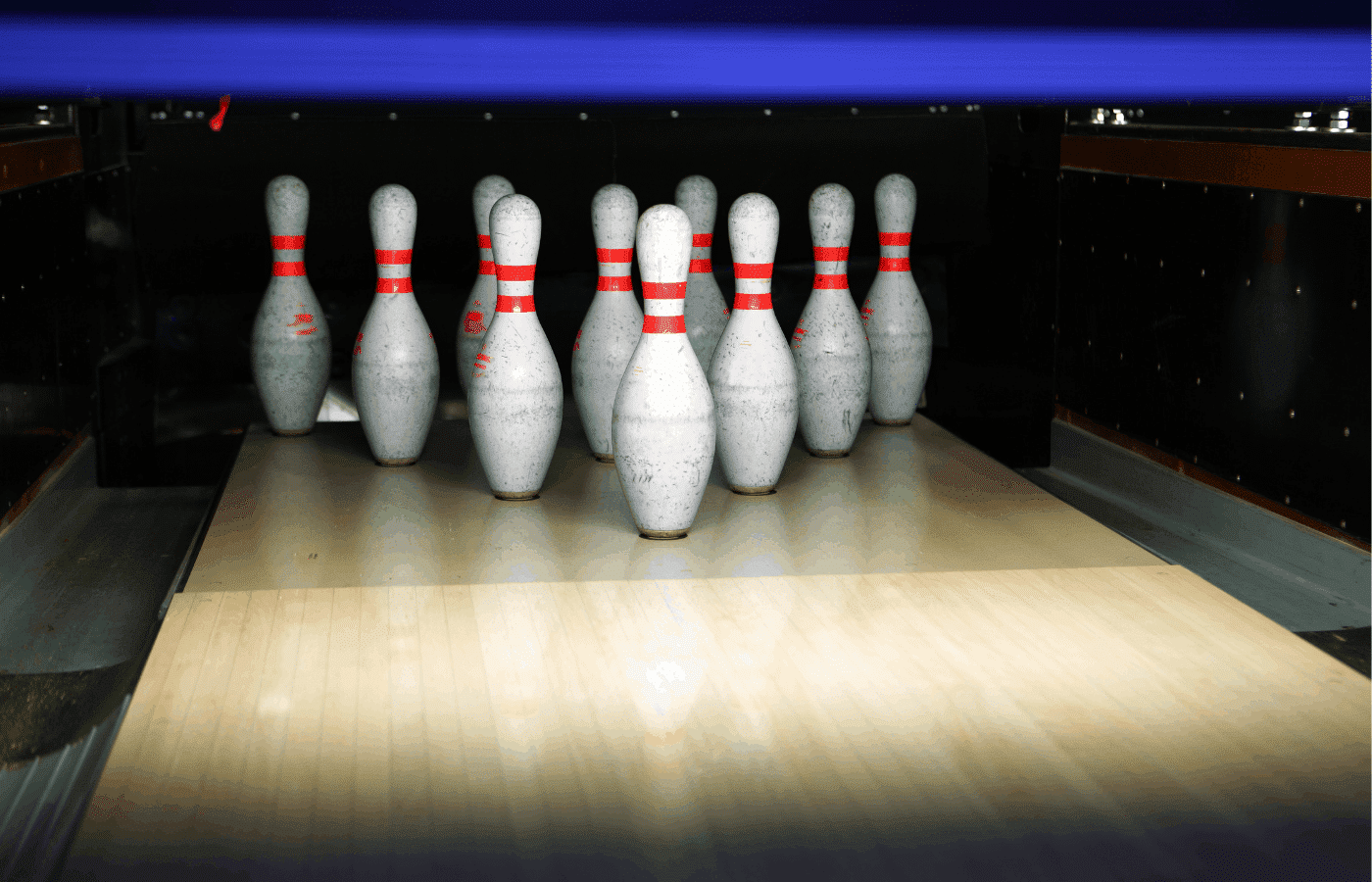
It's simple: before the start of the 10-pin bowling, ten pins are set up at the end of the alley. They are set up in a triangular shape, with the triangle's point facing the bowler. The fourth row has four pins, the third row contains three, the second row contains two, and first row contains the headpin alone. Each pin is marked with a specific number (1-10) pin. These numbers are based on the pin's position, not it's worth. Before I take you through different bowling games, do different bowling games require a different ball? Read on to find out.
Are Bowling Balls Different for Each Type of Bowling?
If this has been bothering you, the answer is yes. Balls in ten-pin and nine-pin bowling games are often crafted from reactive resin, polyurethane, or urethane.
Five-pin, candlepin, and duckpin bowling balls are significantly smaller and easier to hold with one hand. However, these balls can still hit pins hard to the level of scattering them when shot at full force.
With that said, let's dig deeper into different types of bowling.
Ten-pin Bowling:
Bowling with ten pins is the most popular bowling variation in the United States. In ten-pin bowling, the ten pins are 15 inches long and weigh between 3 pounds 6 or 10 ounces depending on the league. These pins are positioned in a triangular form termed a “pin rack” at the end of a bowling alley for arrangement. In a ten-frame game of ten-pin bowling, each player gets two chances to throw the ball with the aim to knock down as many pins as
possible using a ball designed for ten-pin bowling.
Candlepin Bowling:
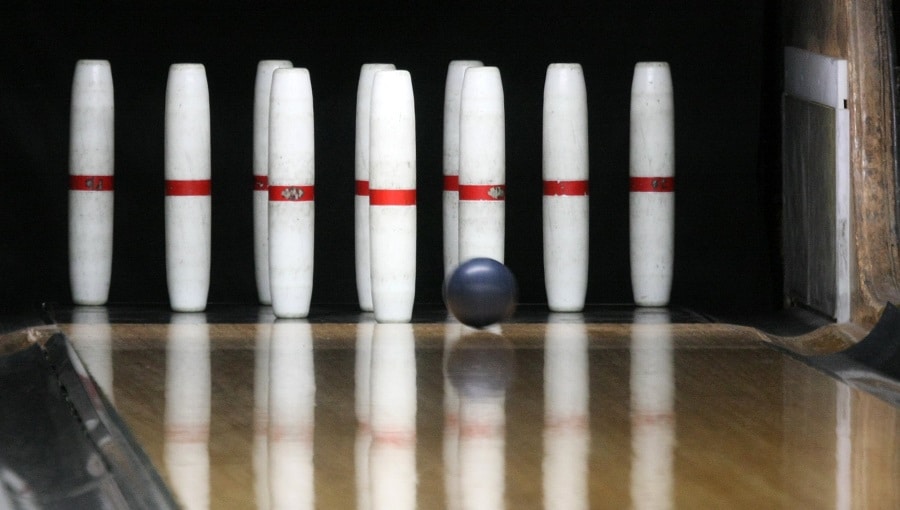
Like Ten-pin Bowling, Candlepin Bowling includes knocking down ten pins. Bowlers earn points by knocking down pins, similar to Ten-pins. However, Candlepin Bowling pins are narrower than Ten-pin Bowling pins. The pins are usually placed in a triangular shape, just like in ten-pin bowling.
Duckpin Bowling:
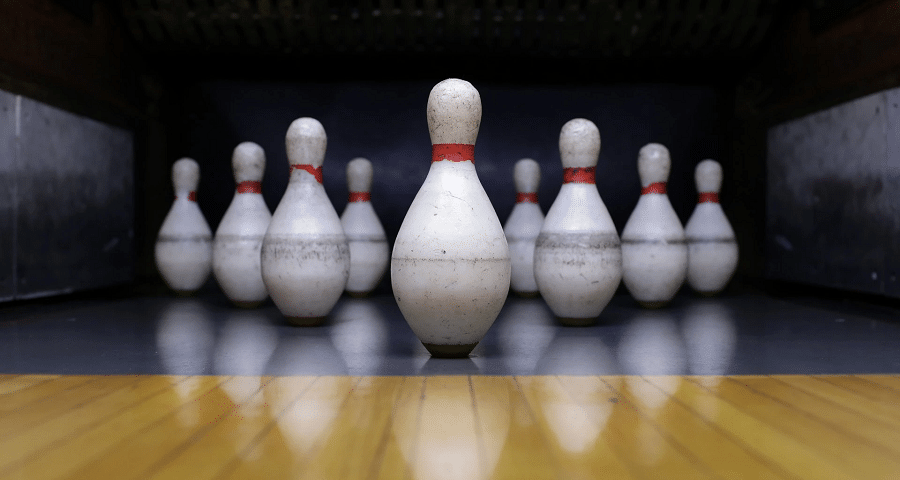
Duckpin Bowling requires bowlers to knock down 10 pins. Duckpins are narrower and shorter than 10-pin bowling. Duckpin's lighter pins make rolling strikes more difficult.
Nine-pin Bowling:
Bowling with nine pins, as opposed to ten, is known as nine-pin bowling. There can be up to six people on a team in a game of nine-pin bowling, with each player getting two turns per frame. Nine-pin bowling uses pins of the same size and weight as ten-pin bowling. The Nine-pins are arranged in a diamond shape, with the “redhead” (a single red pin) situated at the very center. Each player gets two attempts at the lanes, the first to knock down all nine pins for nine points and the second to try to knock down all but the red pin for 12 points. As a sport, nine-pin bowling is more prevalent in Europe.
Five Pin Bowling:
To the same extent that ten-pin bowling is popular in the United States, so is five-pin bowling in Canada. For five-pin bowling, the pins are arranged in a (v) at the end of the lane and are smaller than those used in ten or nine-pin bowling. Once a pin is knocked over, it's worth a certain number of points, depending on what it is.
Now that you know about all bowling games, how is the game initially played? Read on to find out.
How to Play Bowling
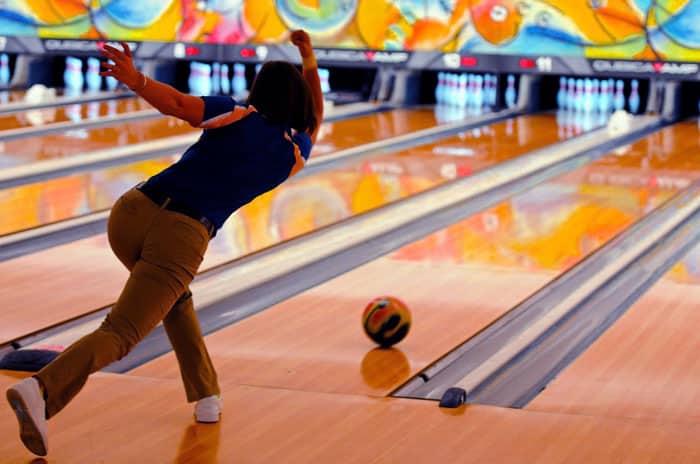
When bowling, a game is considered to be 10 frames. Each bowler gets a chance to strike once per frame. The bowler aims to knock down as many pins as possible in a frame. In each frame, a bowler can roll the ball twice as long as they don't hit a strike.
Now that we've covered how to play, let's talk about scoring; after all, you can't win a game of bowling unless you know how to score.
How to Score in Bowling
An open frame means the bowler receives credit for the number of pins knocked down. A bowler who, after two turns, knocks down six pins receives no additional turns. The rules change slightly if a bowler scores a spare or a strike. Below are the changes:
- A slash mark is made on the score sheet when a spare is struck in bowling. At the end of their next turn, they will be awarded 10 points plus the number of pins they knocked down. Thus, they will have earned thirteen points before their second round if they knock down three pins after their first turn. Two strikes in a row earn 15 points for the round.
- Any time a bowler gets a strike, they should mark an X on their scorecard. The bowler will receive 10 points for the strike plus the total number of pins broken during the next two turns of the next round.
- A bowler's maximum possible score is 300. This is equivalent to 12 consecutive strikes or 120 pins broken in 12 frames. A perfect game requires 12 strikes instead of 10 since a strike in the tenth frame allows the bowler to continue playing for two more frames. They would have 300 points if both of those turns were strikes.
- A player gets an extra turn if they roll a spare in the final round.
Conclusion
Here we have solved your query on how many pins are used in bowling. Now you know it all depends on the bowling style you're participating in. In most cases, ten-pin dominates, but there is also nine-pin and five-pin bowling.
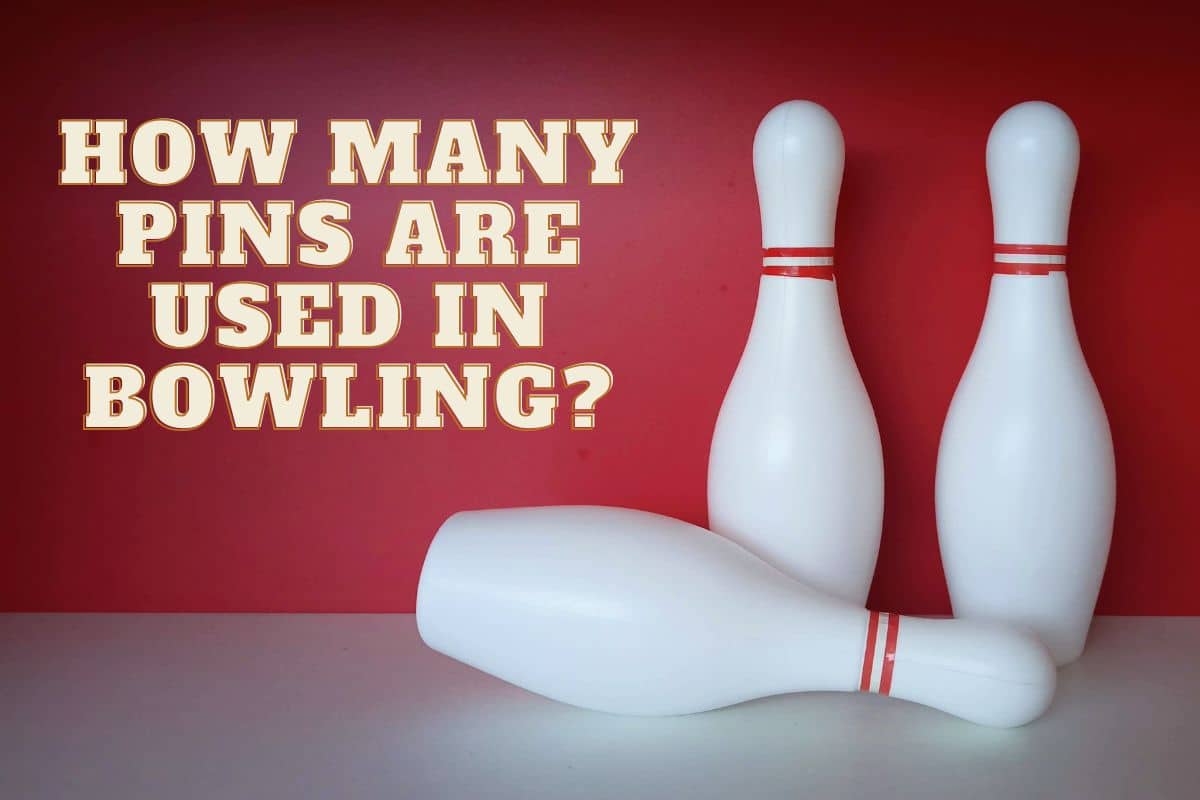
![Are Bowling Alleys Flat? [No, Sloped!]](https://www.bowlingknowledge.com/wp-content/uploads/2023/03/Are-Bowling-AlleysFlat-768x512.jpg)
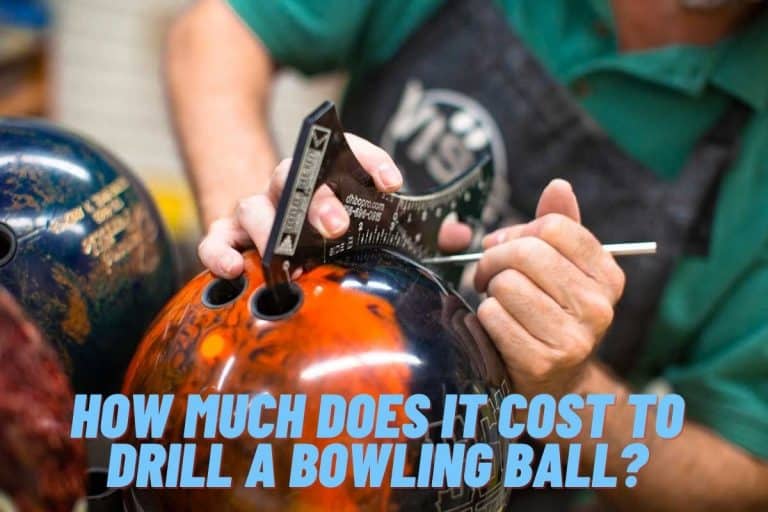
![Is Bowling Bad for Baseball Players? [Bad fot Pitchers?]](https://www.bowlingknowledge.com/wp-content/uploads/2023/03/Is-Bowling-Bad-for-Baseball-Players-768x512.jpg)


